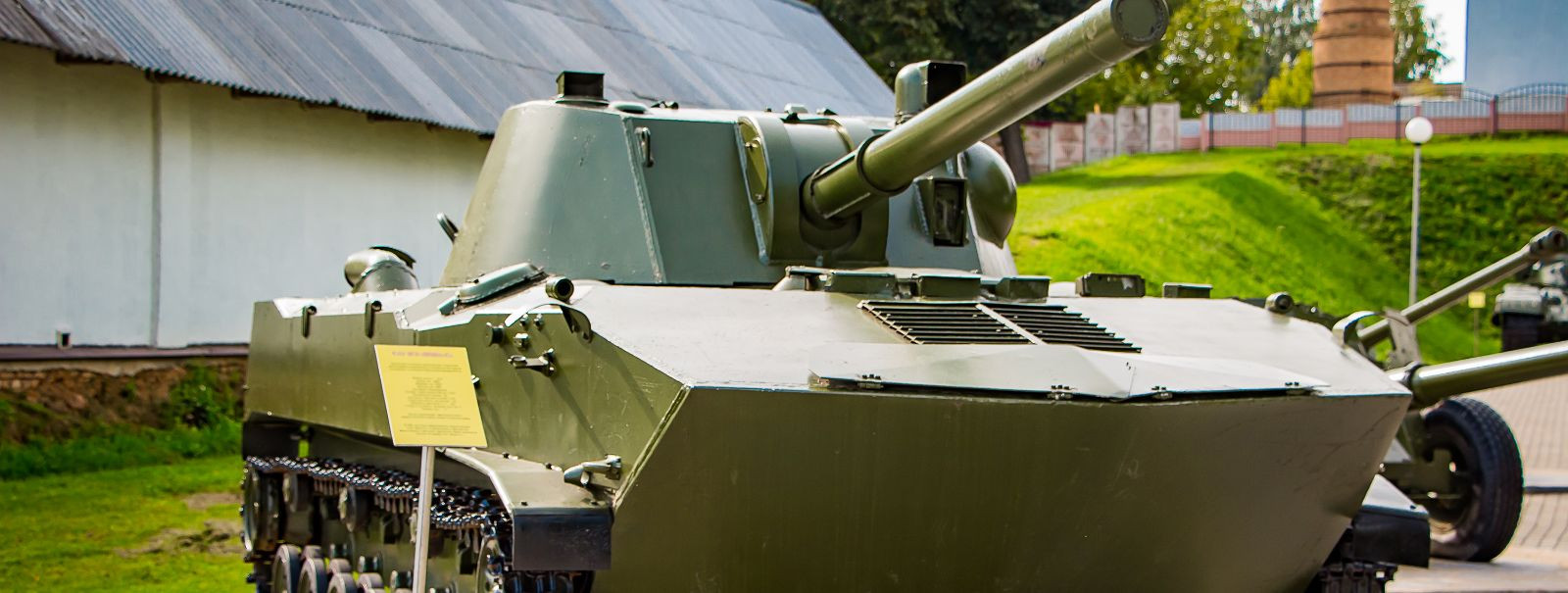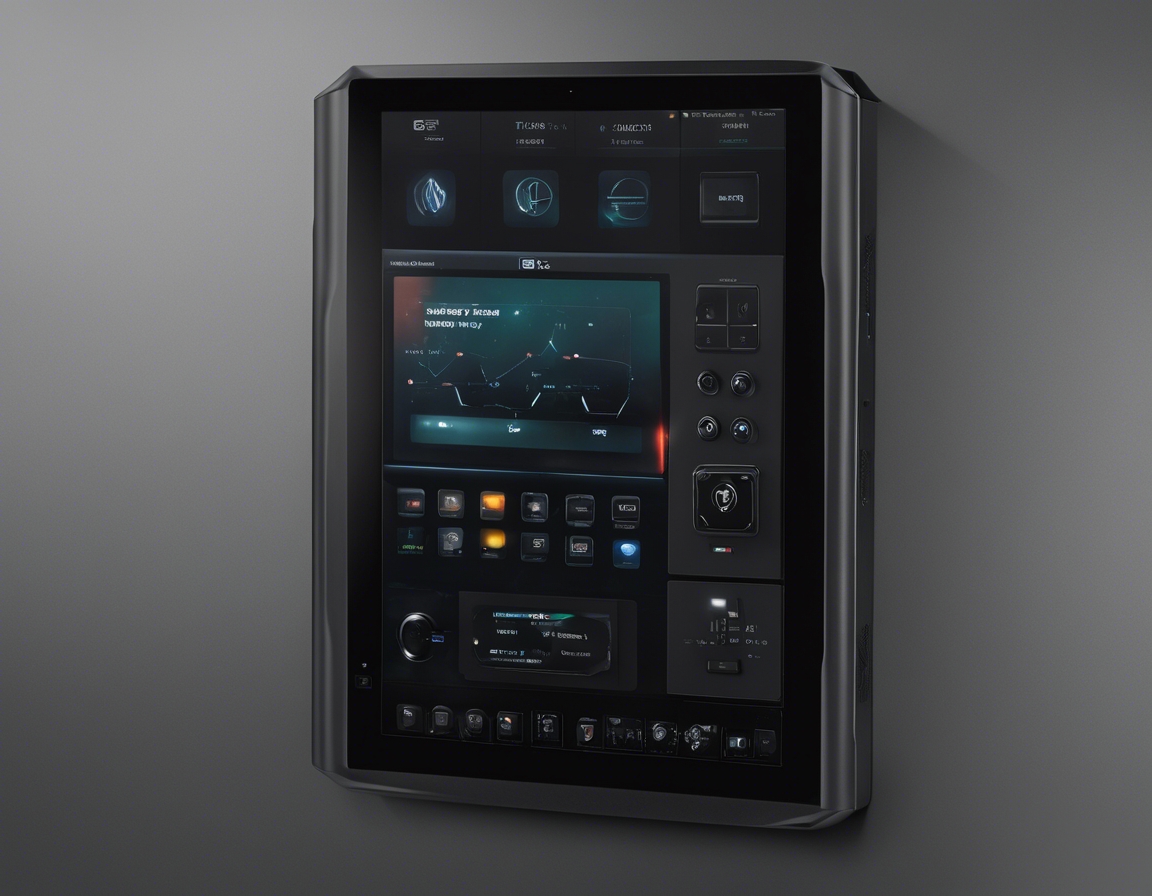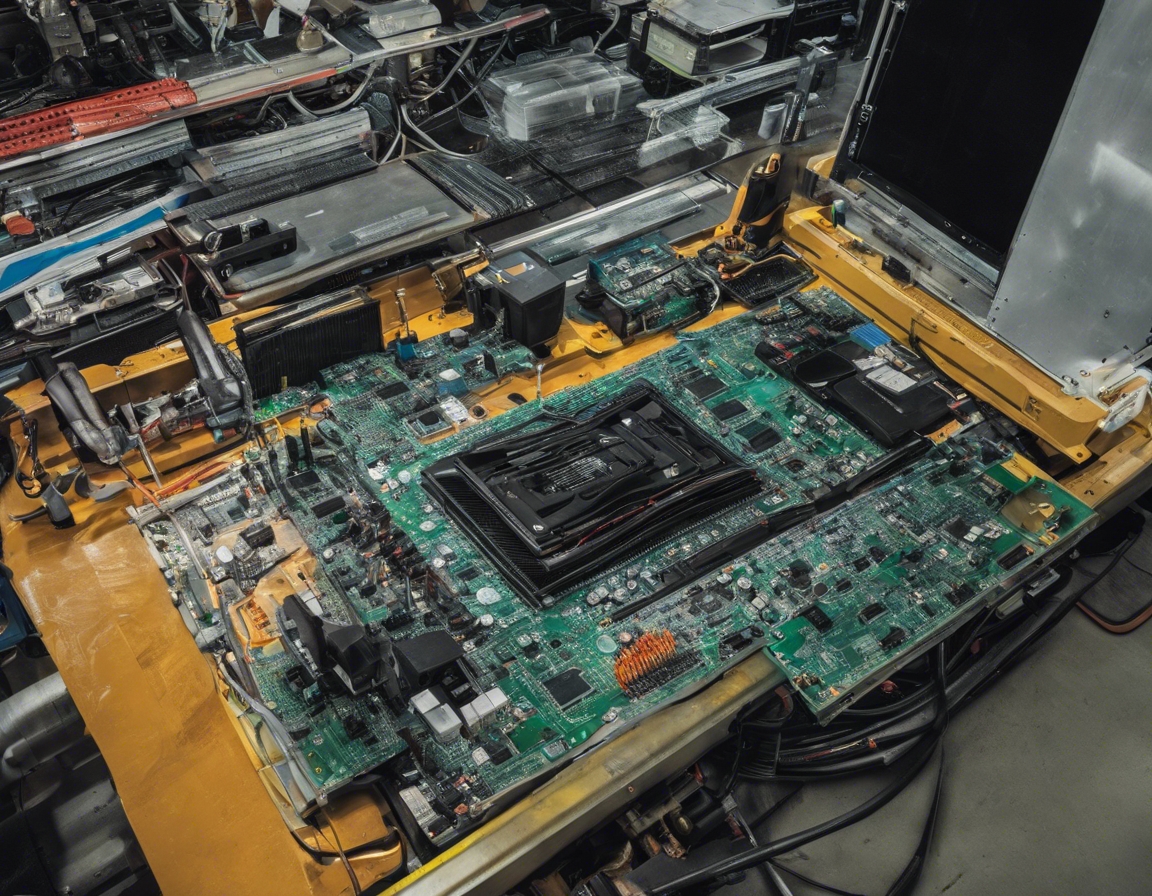The future of optronic systems in modern warfare
Optronic systems, a fusion of optical and electronic components, are pivotal in modern warfare, offering enhanced visibility and targeting capabilities. These systems are integral to the intelligence, surveillance, reconnaissance (ISR), and precision engagement operations that define contemporary conflicts.
The progression of optronic systems has been marked by significant technological leaps, from rudimentary optical sights to advanced thermal imagers and laser range finders. This evolution has transformed the battlefield, enabling forces to operate effectively day and night, in all weather conditions.
Advancements in Optronic Technology
Modern optronic systems boast superior imaging capabilities, with high-resolution sensors that can detect targets at greater distances and in varied environments. These advancements not only improve situational awareness but also enhance the accuracy of weapons systems.
Artificial intelligence (AI) is revolutionizing optronic systems, enabling automated threat detection and analysis. AI algorithms can process vast amounts of data from optronic sensors, providing real-time insights and decision-making support to military personnel.
The trend towards miniaturization and weight reduction in optronic systems is crucial for modern warfare. Lighter and more compact systems are easier to deploy and can be integrated into a wider range of platforms, including unmanned aerial vehicles (UAVs) and individual soldier gear.
Application of Optronic Systems in Modern Warfare
Optronic systems are essential for long-range surveillance and reconnaissance missions, providing high-resolution imagery for intelligence gathering and battlefield awareness.
Advanced optronic systems facilitate precise target acquisition and fire control, ensuring that weapons are accurately directed at the intended targets with minimal collateral damage.
In the realm of electronic warfare, optronic systems play a critical role in detecting and countering enemy electronic emissions, protecting friendly forces from electronic attacks.
Challenges and Solutions for Optronic Systems
Ensuring the effectiveness of optronic systems in adverse conditions such as fog, smoke, and dust is a significant challenge. Advanced filtering and image enhancement technologies are being developed to overcome these obstacles.
Integrating new optronic systems with existing military platforms requires careful consideration of compatibility and communication protocols. Solutions involve the development of modular systems and standardized interfaces.
Adversaries are constantly developing countermeasures to optronic systems, including A2/AD strategies. To counter these, continuous innovation and the development of more resilient and adaptive systems are necessary.
Future Trends and Predictions
The potential of quantum imaging promises a breakthrough in detecting stealthy targets, which could redefine the capabilities of surveillance and targeting systems.
Hyper spectral imaging systems, capable of capturing data across a wide spectrum of light, are set to provide unparalleled environmental analysis and target discrimination.
The integration of optronic systems into autonomous and unmanned systems is expected to expand, leading to a new era of warfare where human risk is minimized and operational efficiency is maximized.






Comments (0)